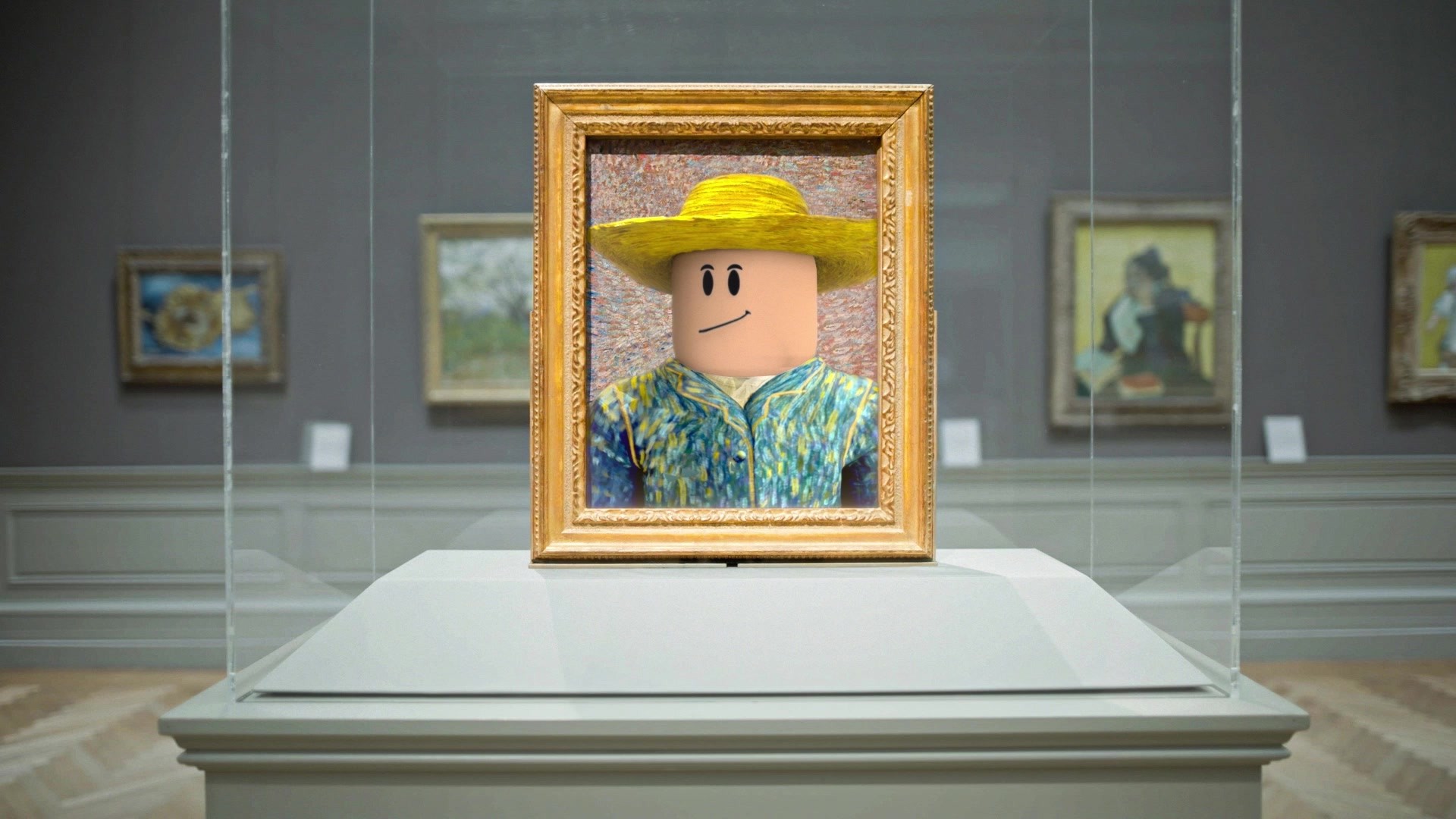Innovation > Innovation
THE MET REPLICA
VERIZON CREATIVE MARKETING, New York / VERIZON / 2024



1 of 0 items
Overview
Credits
More Entries from Societal Innovation in Innovation
24 items
More Entries from VERIZON CREATIVE MARKETING
24 items
Innovation > Innovation
VERIZON CREATIVE MARKETING, New York / VERIZON / 2024



Overview
Credits
More Entries from Societal Innovation in Innovation
24 items
More Entries from VERIZON CREATIVE MARKETING
24 items